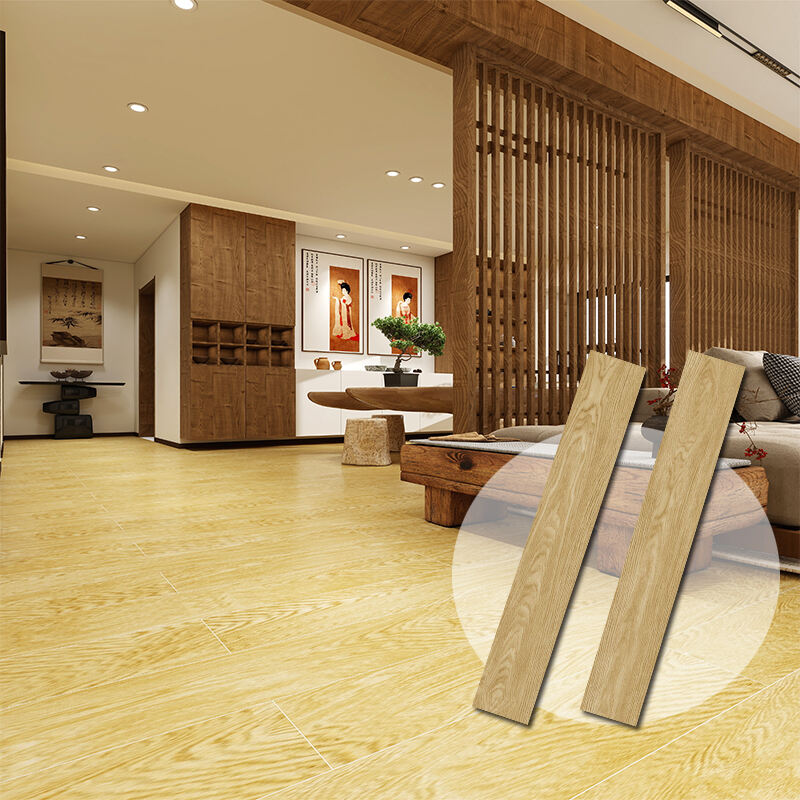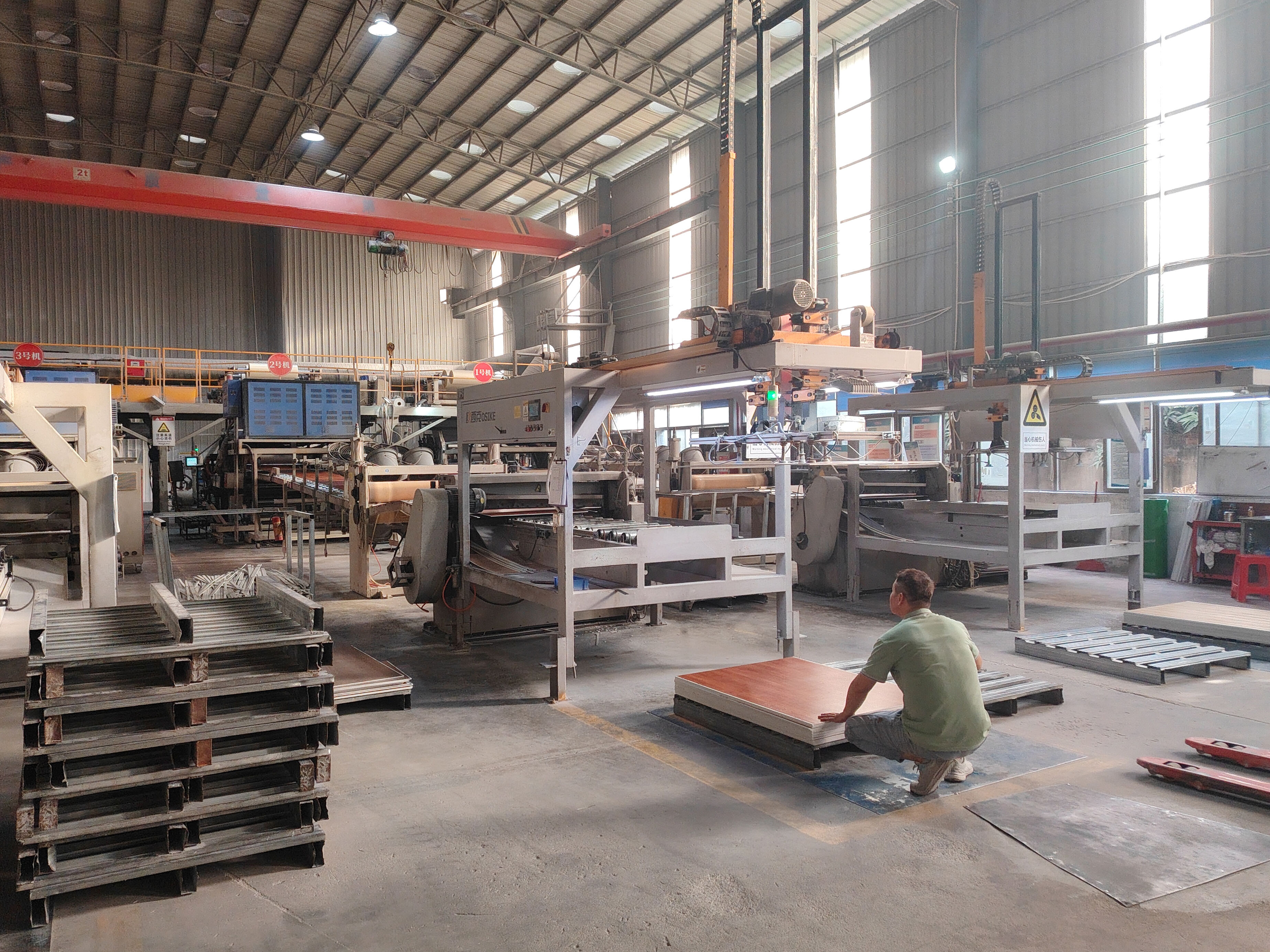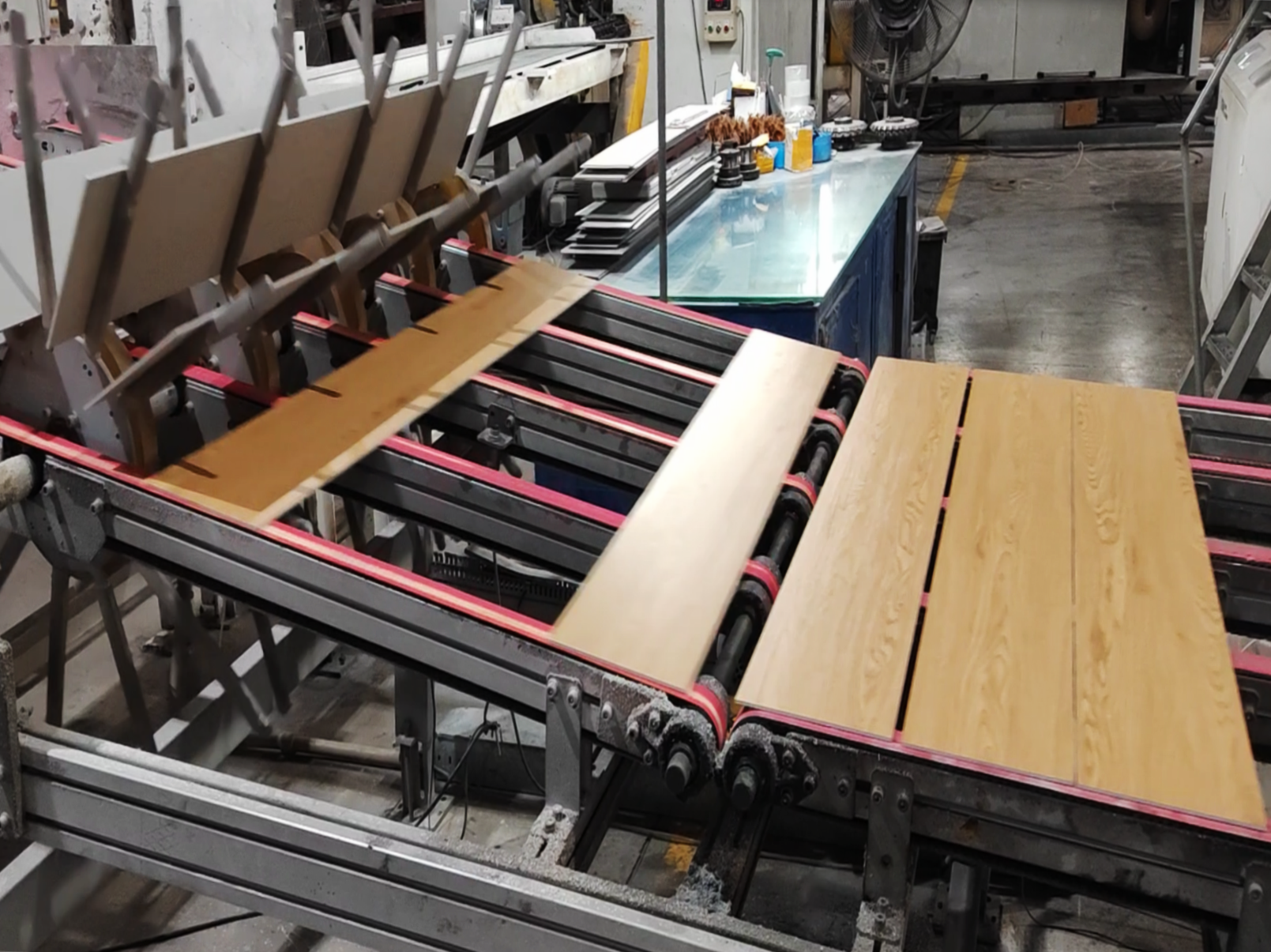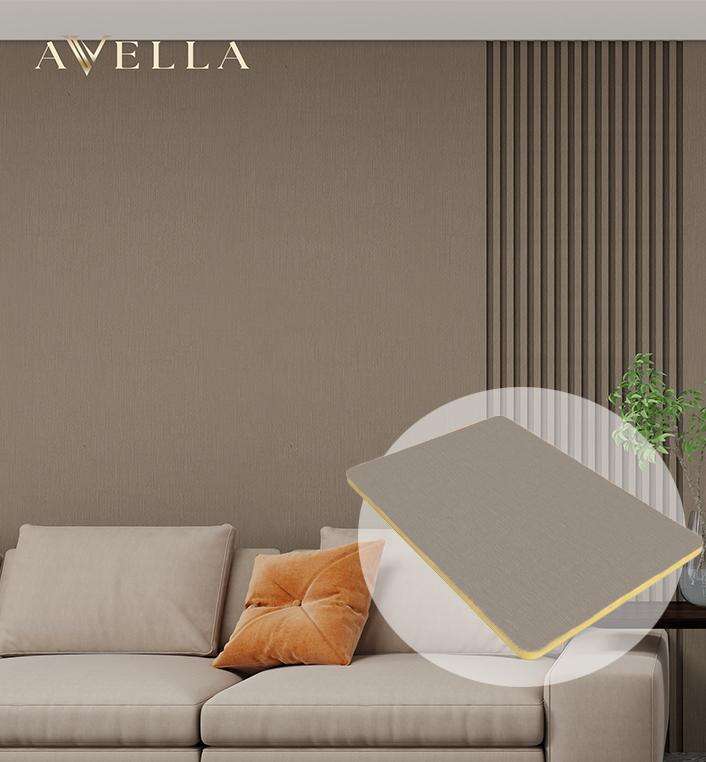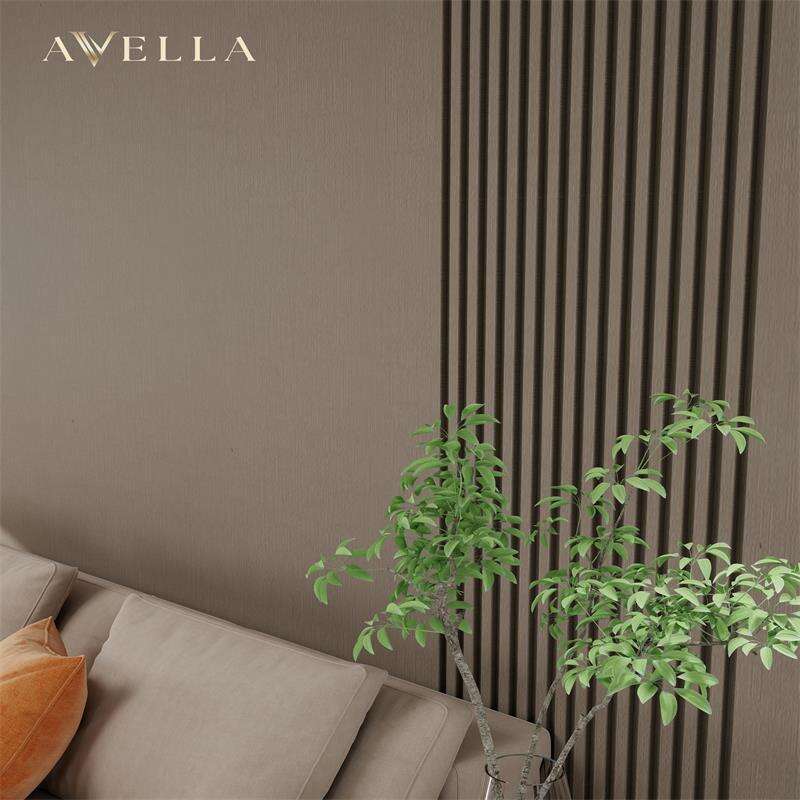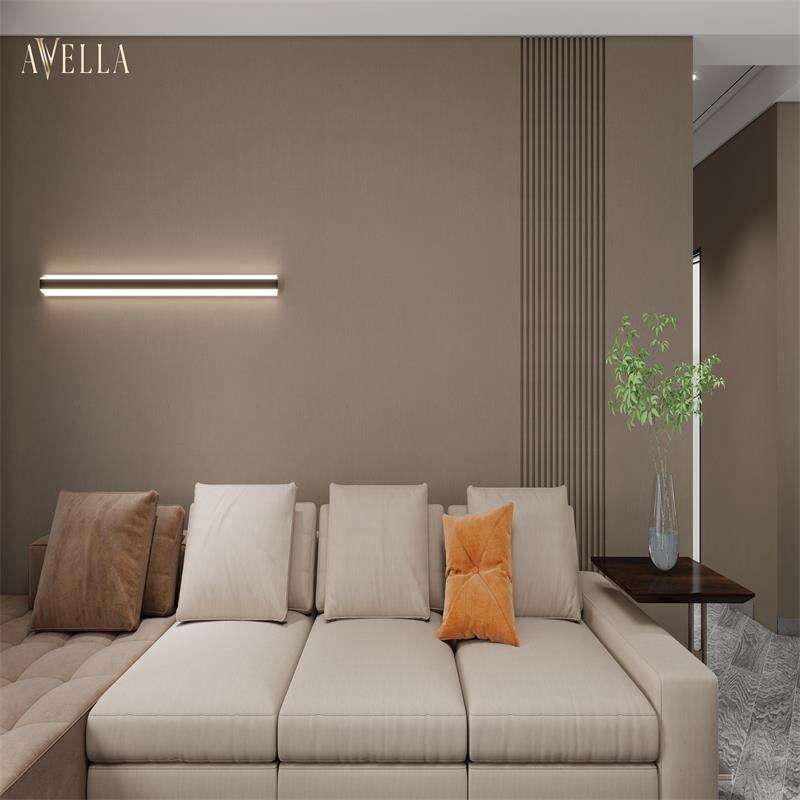väggbeklädnad
Väggytbehandling utgör en omvandlande bygglösning som förbättrar både estetiken och funktionella prestanda hos byggnader. Detta ytbehandlingssystem innebär applicering av skyddande och dekorativa material på byggnaders yttre väggar och skapar en sofistikerad barriär mellan inomhusmiljön och yttre påfrestningar. Väggytbehandlingssystem omfattar olika material såsom fiberbetong, vinyl, metallpaneler, natursten, tegelfodral och kompositmaterial, där varje material erbjuder unika egenskaper anpassade till specifika arkitektoniska krav. De främsta funktionerna hos väggytbehandling sträcker sig långt bortom ren dekoration och utgör ett komplett skyddssystem som skyddar byggnader mot hårda väderförhållanden, fuktpåverkan, temperatursvängningar och miljöföroreningar. Modern väggytbehandling innefattar avancerade teknologiska funktioner såsom värmeisolerande egenskaper, ångspärrar och integrerade ventilationssystem som främjar energieffektivitet och inomhuskomfort. Dessa system inkluderar ofta specialiserade fästlösningar, sammanfogade fogar och sömlösa monteringstekniker som säkerställer lång livslängd och minimal underhållsbehov. Teknologiska innovationer inom väggytbehandling har introducerat brandskyddande material, UV-stabila beläggningar och självrengörande ytor som behåller sin utseende över lång tid. Tillämpningar av väggytbehandling finns inom bostadsfastigheter, kommersiella byggnader, industriella anläggningar och institutionella strukturer och erbjuder mångsidiga lösningar för nybyggnation och renovering. Installationsprocessen innebär vanligtvis korrekt underlagberedning, fukthanteringssystem och exakta justeringstekniker som garanterar optimal prestanda. Samtidiga väggytbehandlingssystem integrerar även hållbara material och miljövänliga tillverkningsprocesser, vilket bidrar till grön byggnadscertifiering och miljöansvar. Den modulära karaktären hos många väggytbehandlingssystem möjliggör effektiv installation, minskad byggtid och förenklade underhållsprocedurer, vilket gör dem alltmer populära bland arkitekter, entreprenörer och fastighetsägare som söker pålitliga lösningar för yttre beklädnad.

